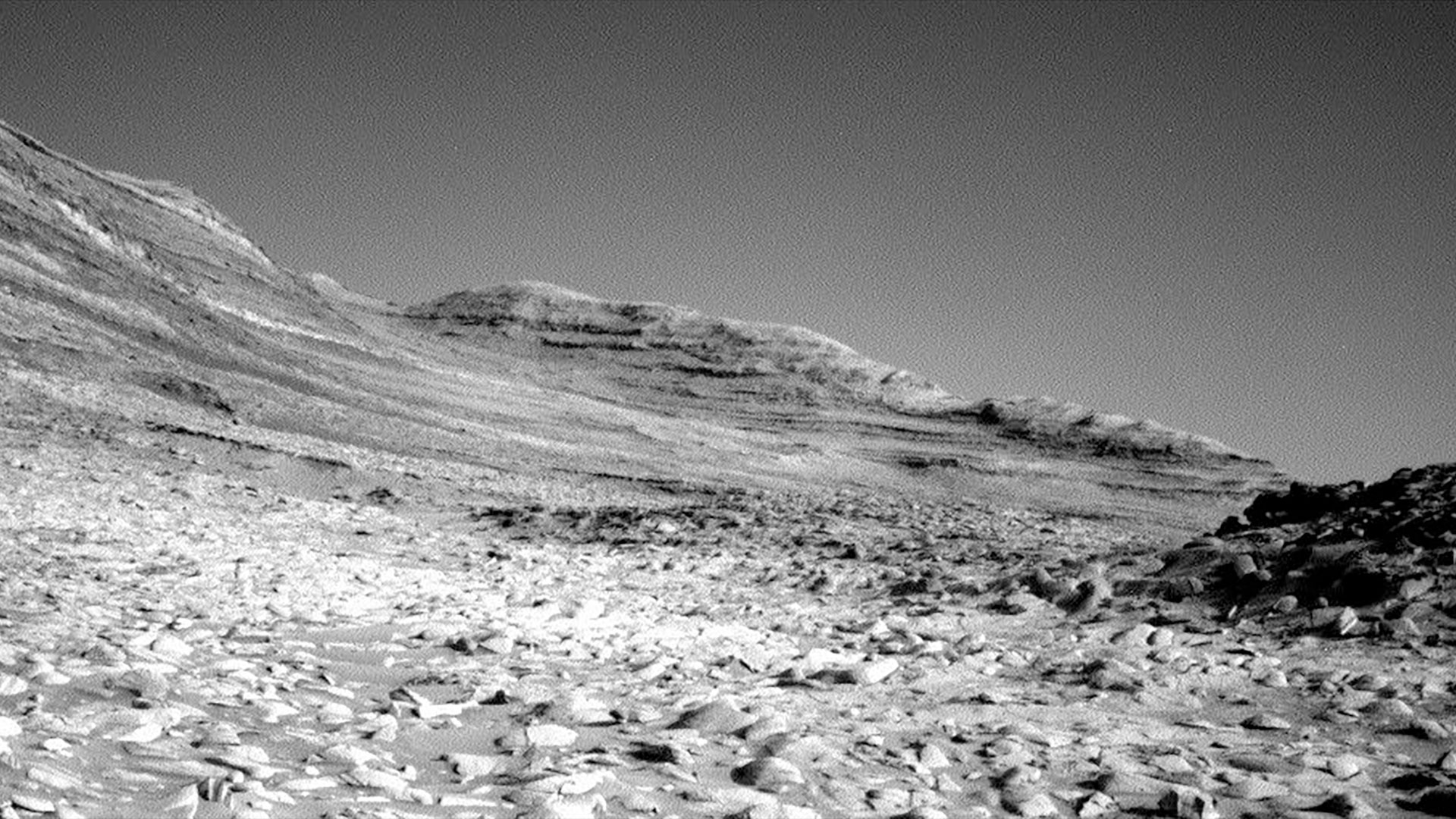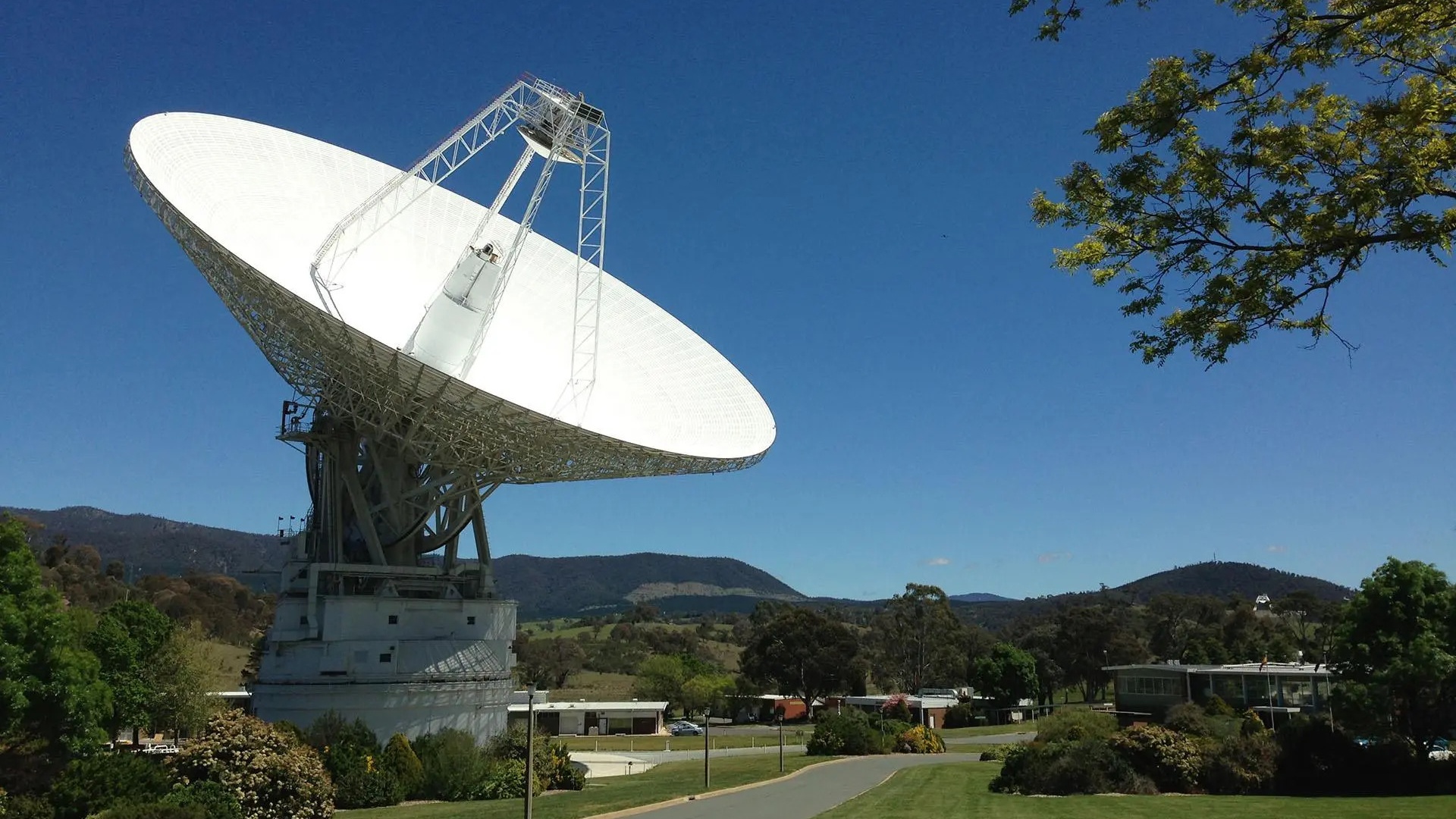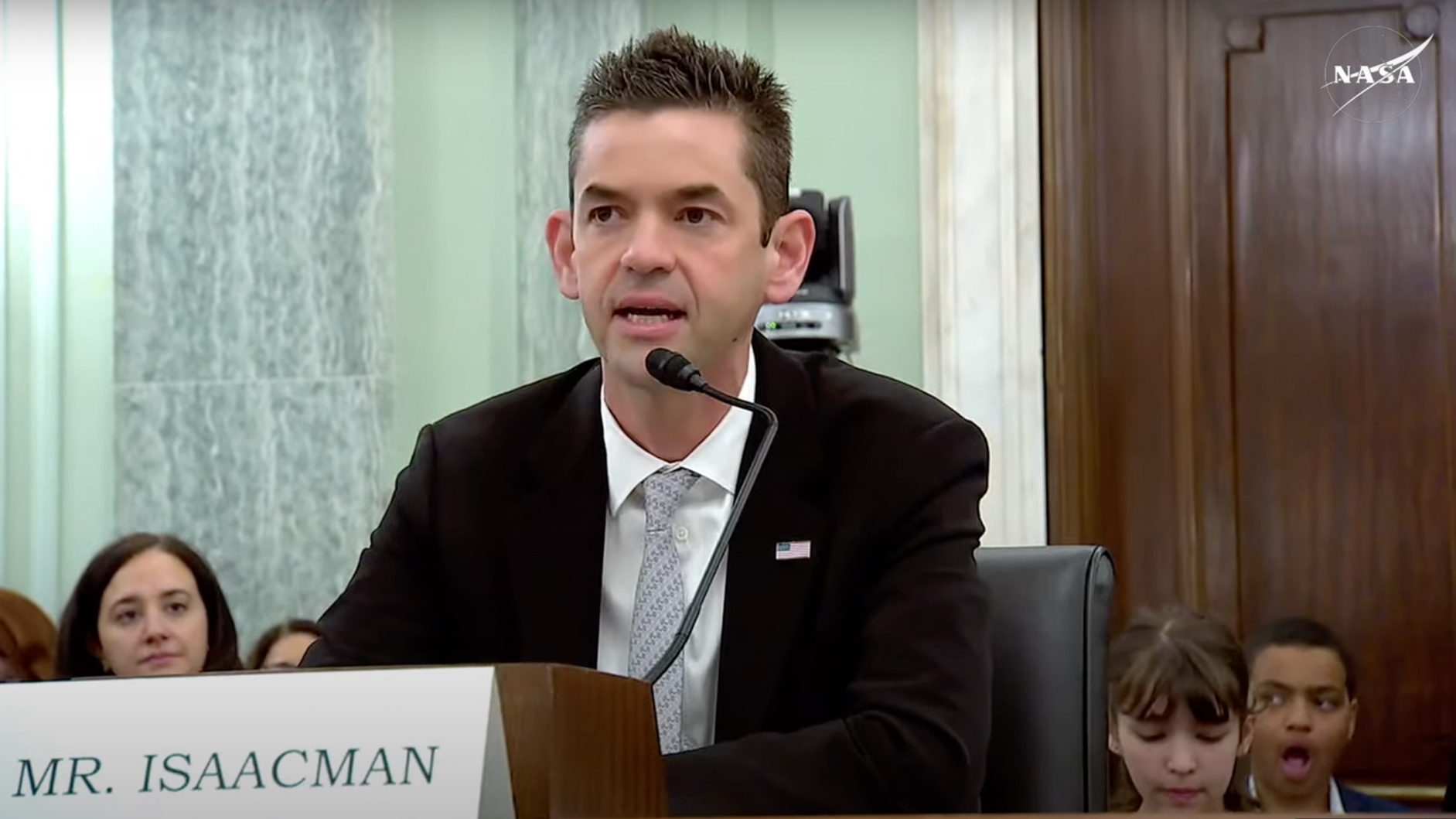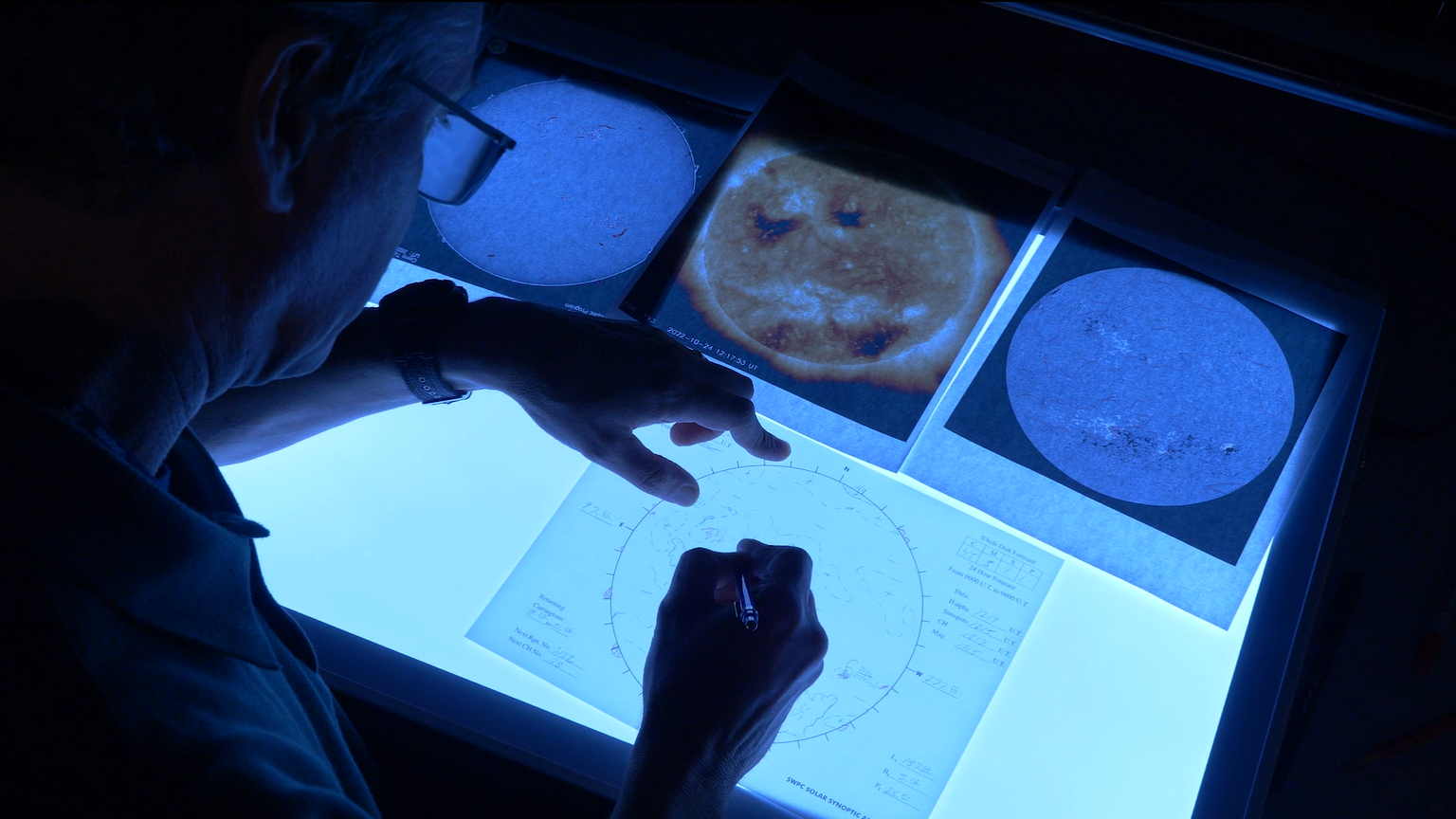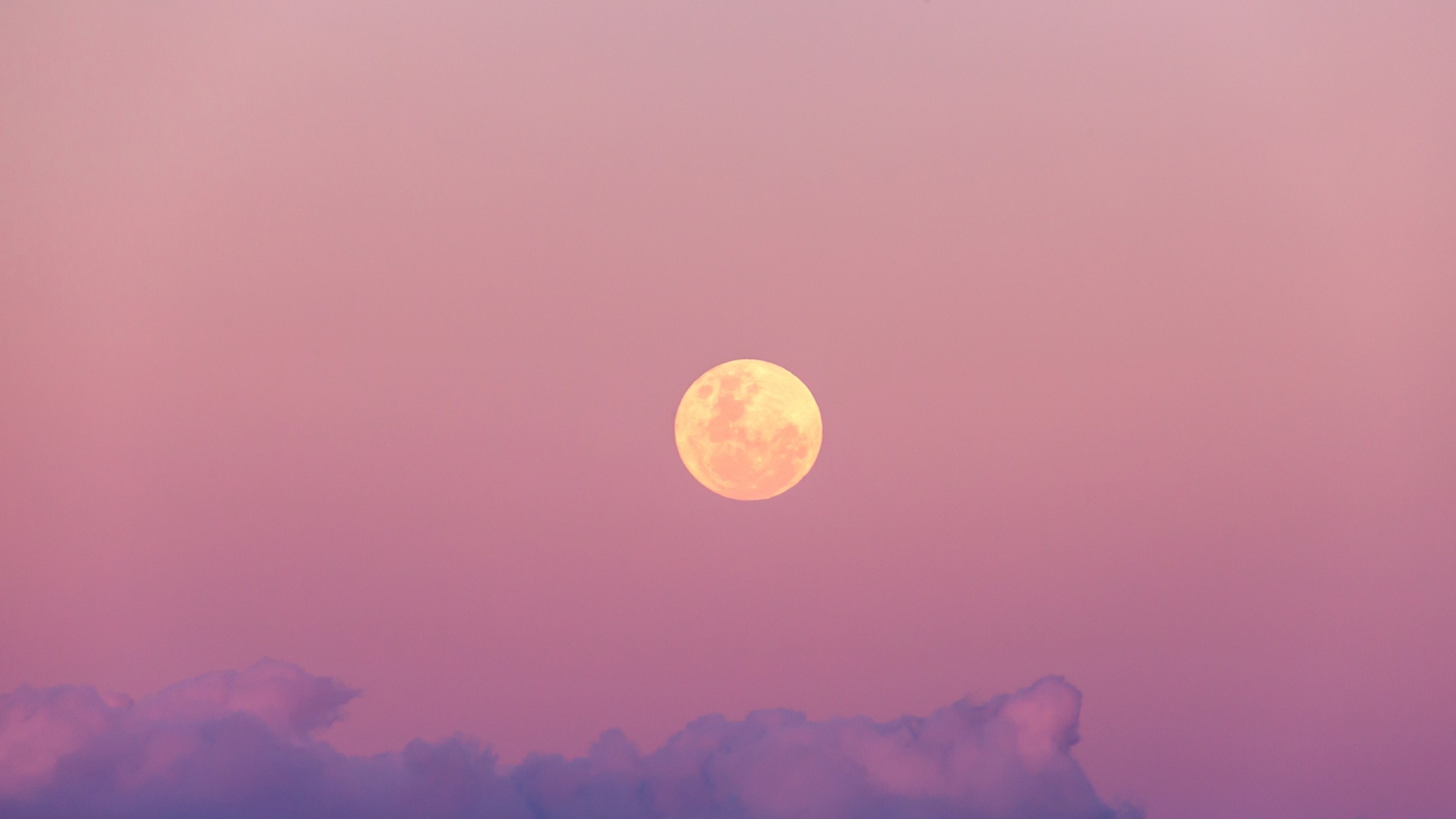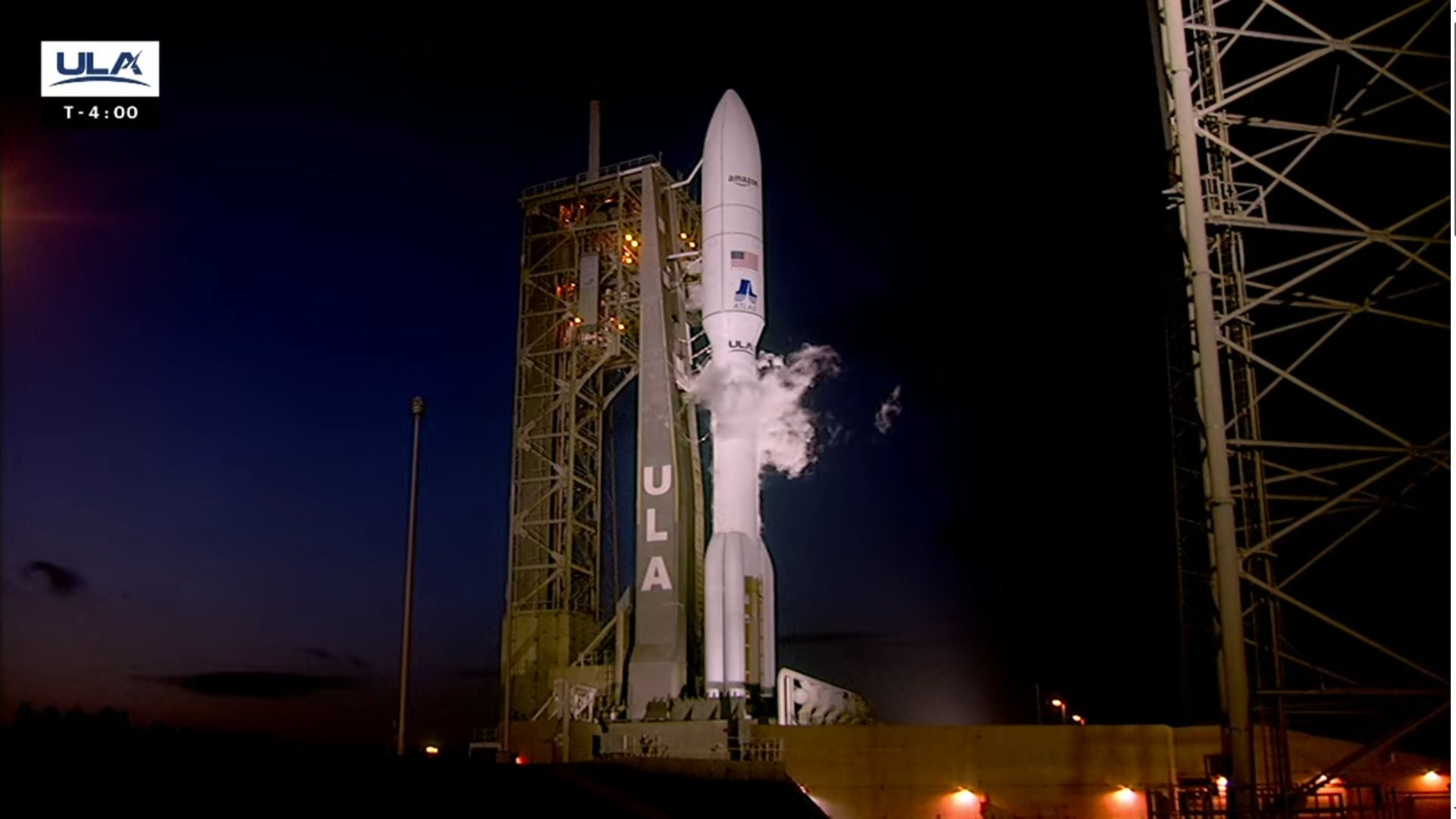1 year since the Great North American Eclipse — Here's how the 2026 total eclipse will compare
From America to Europe: How the 2026 total solar eclipse will differ from the great eclipse of 2024.
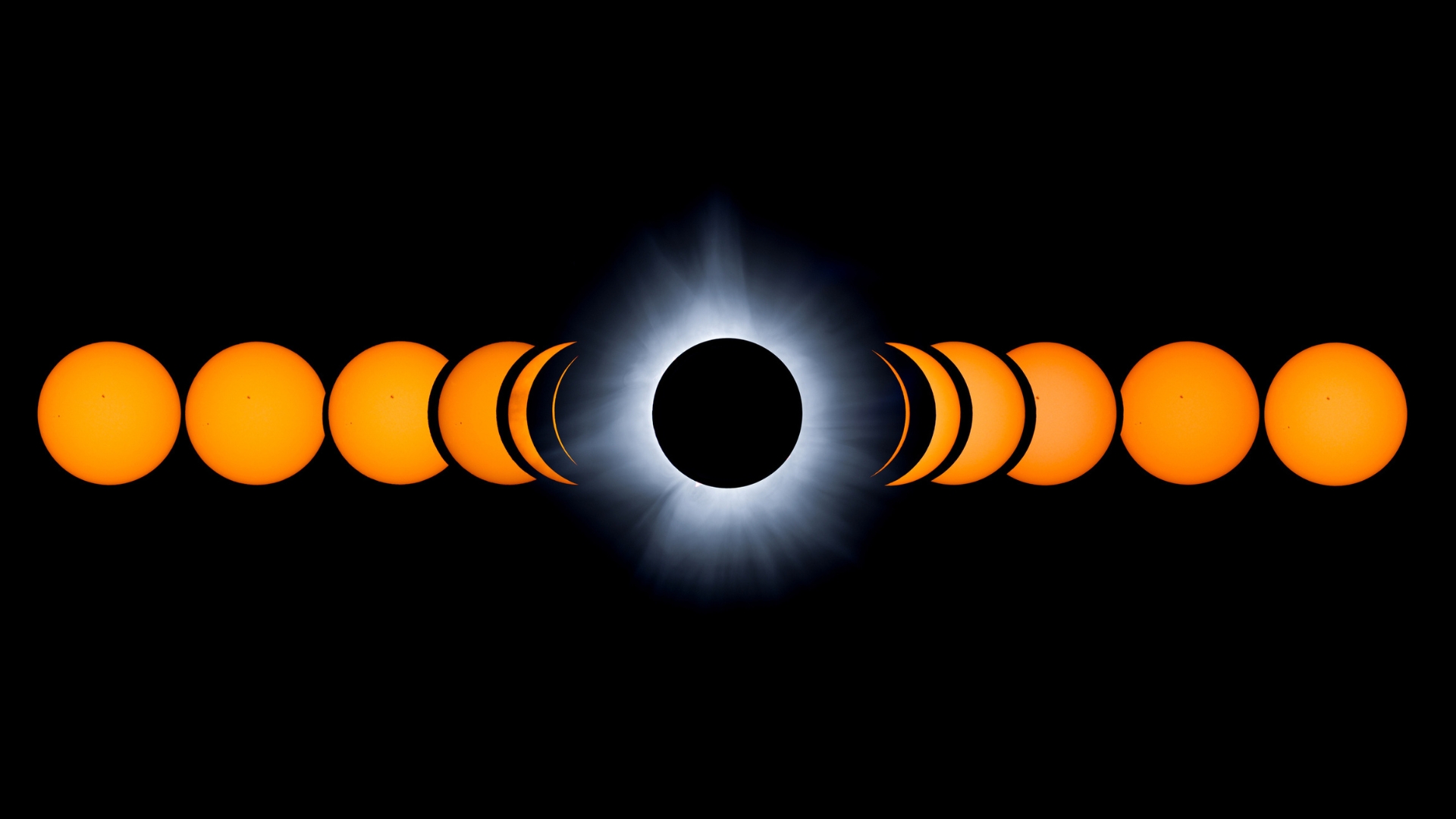
One year ago today, a total solar eclipse graced the skies of North America, as the moon fully blocked out the sun a narrow slice of Earth, bringing sudden darkness and a breathtaking view of the solar corona, the sun's outer atmosphere.
The April 8 2024 total solar eclipse was our last total solar eclipse until the next one on Aug. 12, 2026. With a little over 16 months until this next event, how will the 2026 total eclipse compare to the one a year ago?
Related: The 7 best total solar eclipses of the next 10 years
Location
The April 8 2024 total solar eclipse began in the southern Pacific Ocean, before crossing northern Mexico, the USA, and east of Canada. Altogether, the eclipse path passed over the residences of 44 million people, 32 million of which live in the U.S. The August 12 2026 eclipse, on the other hand, which passes primarily through Greenland, Iceland and Spain, will eclipse the homes of around 15 million people — about a third of that in the previous event. Most of Europe will also get to enjoy a partial solar eclipse.
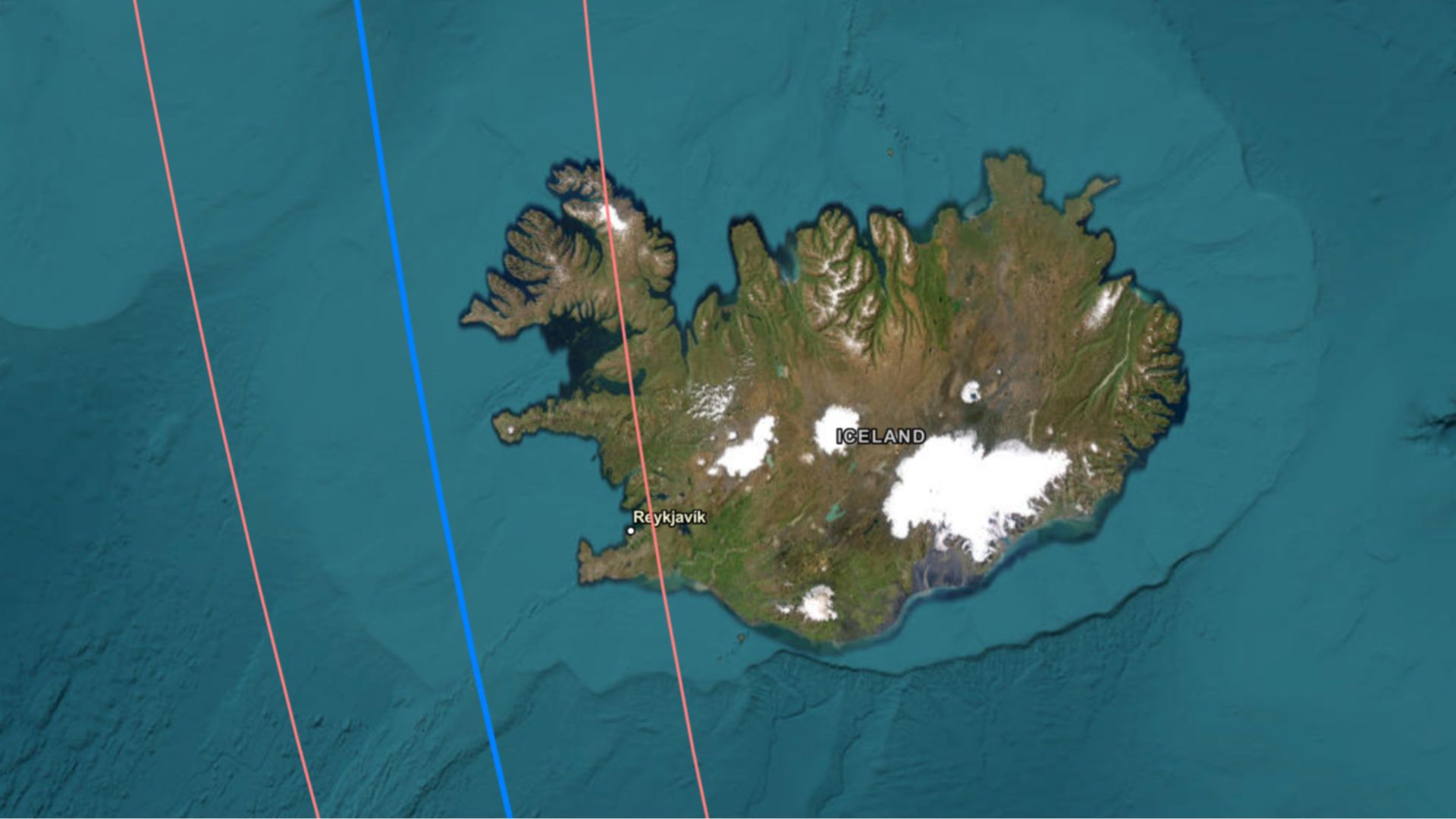
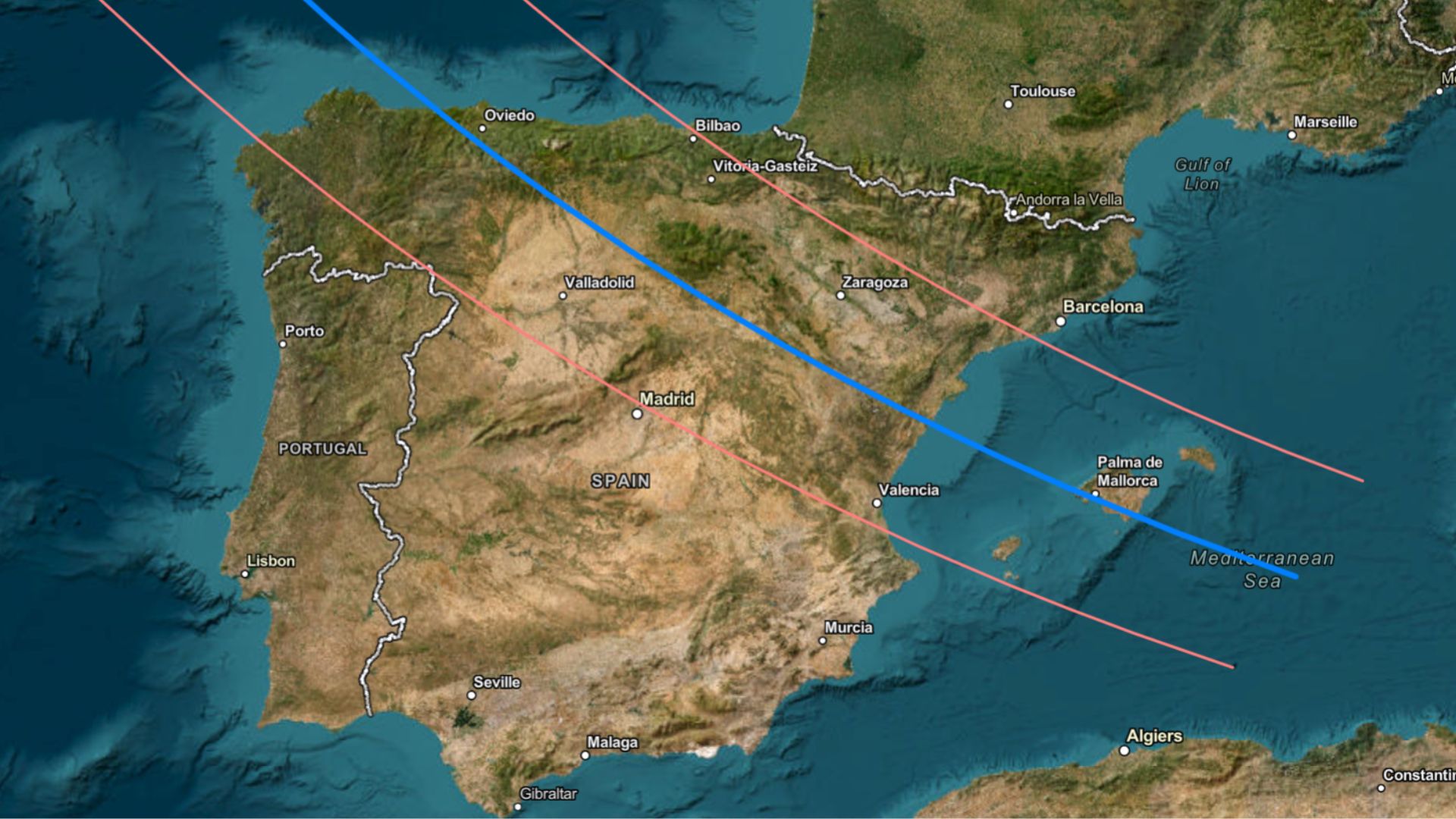
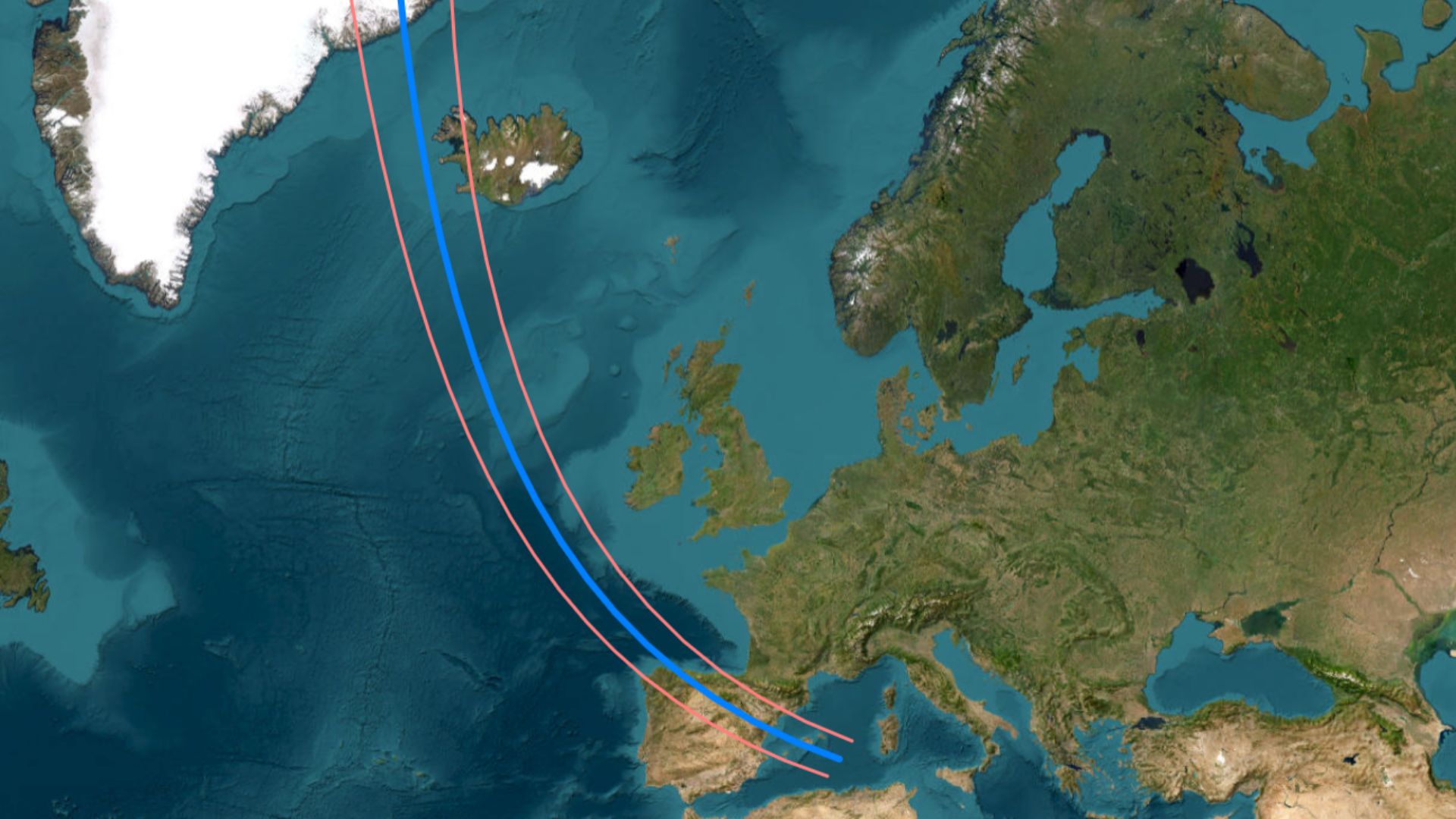
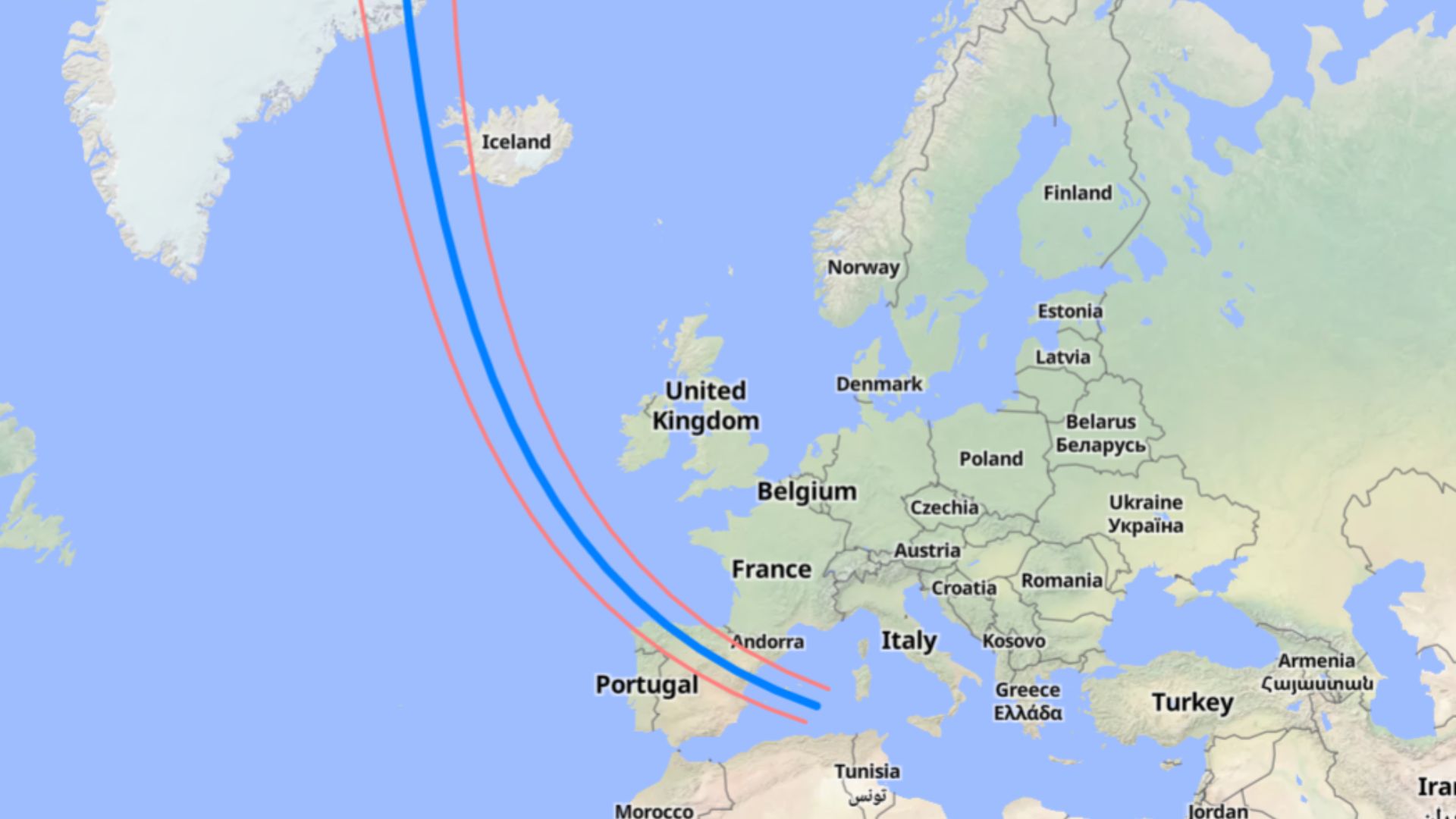
But it's not just the location that differs vastly between the two eclipses, but the direction. Almost all eclipse paths travel from west to east, due to the relative motion of the moon and Earth. This includes the 2024 eclipse path, which traveled from southwest to northeast. The 2026 eclipse, however, begins by traveling east to west, before moving from the north-west to south-east — opposite to the 2024 event.
What's happening here? Two things, actually. The first effect is that the eclipse path is traveling over the top of Earth, missing the North Pole by 60 miles (100 kilometers). This can happen because of the northern hemisphere summer, where the north of our planet points towards the sun. At the start of the eclipse, in rural northern Siberia, the eclipse begins in the middle of the night, this is possible at high latitudes where the sun doesn't set during the peak summer months. Because of the projection of the eclipse path over the pole, we'll experience the rare event of an eclipse path moving from east to west.
Whether an eclipse moves towards the north-east or south-east depends on another factor — whether the moon's orbit is passing through the Earth-sun plane from above (called the ascending node), or below (the descending node). The 2024 eclipse occurred during the ascending node, whilst the 2026 eclipse will be during the descending node.
Get the Space.com Newsletter
Breaking space news, the latest updates on rocket launches, skywatching events and more!
Time of day
For all of North America, the totality phase of the 2024 eclipse was seen high in the sky. In Mexico and Texas, the event was seen close the noon, whilst even the easternmost coast of Newfoundland and Labrador in Canada still saw totality 2.5 hours before sunset. The same cannot be said for the 2026 eclipse. In Spain, the most populated region of the eclipse path, also with the highest likelihood of clear skies in mid-August, the eclipse will happen close to sunset. On the east coast of mainland Spain, totality will occur at 8:30 p.m. local time, just thirty minutes before sunset. As a result of this, the sun will be low in the sky, and finding a vantage point clear of buildings, hills or clouds may be tricky. Further east still, on the island of Mallorca, the total solar eclipse begins just 15 minutes before sunset. In both of these locations, the sun will set on the horizon during the partial eclipse phase.
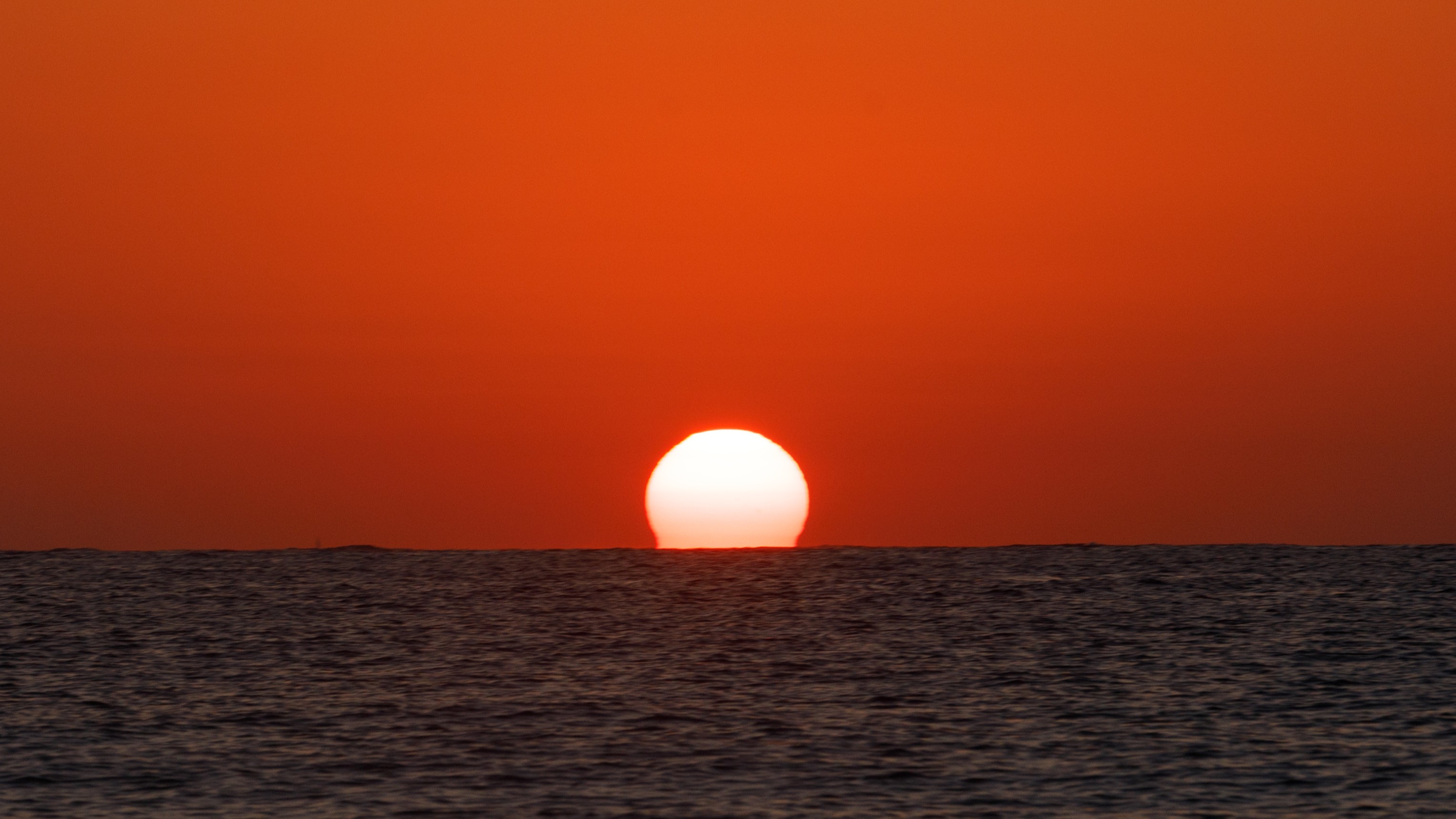
Duration
The 2024 total solar eclipse was a relatively long one, with the longest eclipse duration of 4 minutes and 28 seconds in Mexico. But, not all eclipses have the same duration; for a couple of reasons. If the moon is marginally closer to the Earth, it will cast a bigger shadow during totality, which takes longer to pass over a given area. The speed of the moon's shadow varies significantly between eclipses too, traveling nearly five times faster at the poles, or near regions of sunrise and sunset, than at the equator during midday. Although the 2026 eclipse will have an eclipse path 60% wider than in 2024 (183 miles versus 115, at the widest point), the eclipse will be far shorter, due to occurring at higher latitudes and/or late in the day. The longest duration of the 2026 eclipse will be 2 minutes and 18 seconds, far in the high Arctic. Down in the more populated Spain, the eclipse will only last around 1 minute 44 seconds.
Total solar eclipses are rare. Or are they? Although, indeed, a total solar eclipse happens somewhere in the world every approximately 1 and a half years, the chances of one happening in your country are slim. Take the U.K., for example, which last experienced a total solar eclipse in 1999. The next one? 2090. The U.S. experienced total solar eclipses in 2017 and 2024. The relatively close-together pair of eclipses has brought recency bias to the country's perception of how rare these events are! Before 2017, the contiguous USA did not see a total eclipse since 1979. The next one? 2044. Except for a lucky minority, if you want to see a total solar eclipse in your lifetime — you'll need to travel for it.
Join our Space Forums to keep talking space on the latest missions, night sky and more! And if you have a news tip, correction or comment, let us know at: community@space.com.
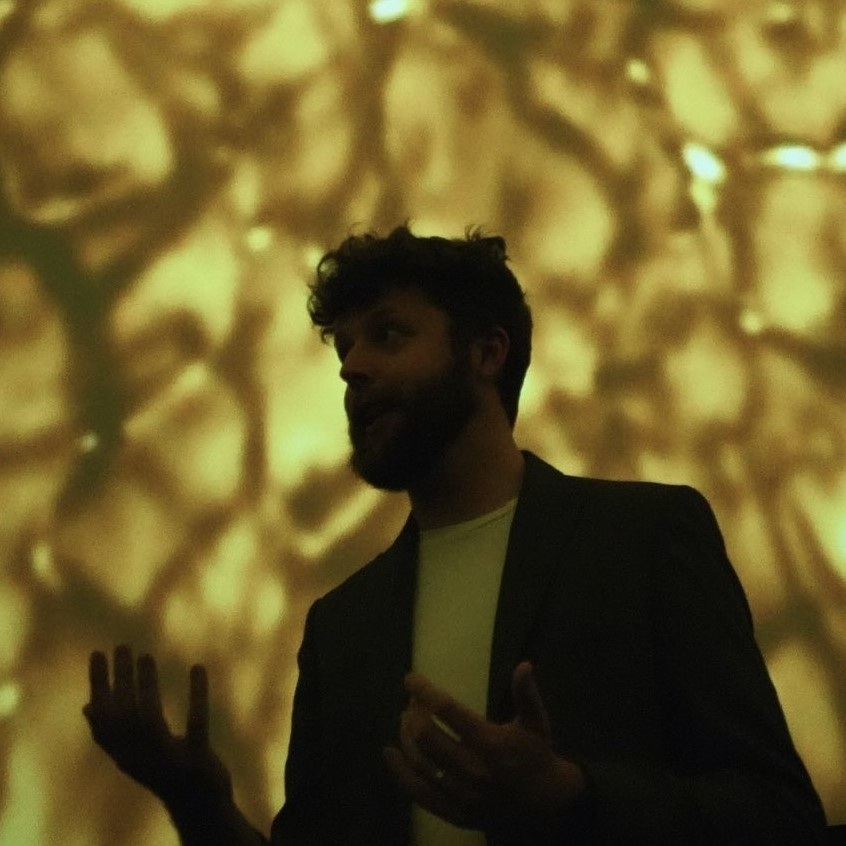
Dr. Ryan French is a solar physicist, science communicator and author. He is pursuing the mysteries of the sun at the forefront of modern solar physics research, using cutting-edge telescopes on the ground and in space. Ryan also works to share the wonders of the sun and space with the public, through museums and observatories, television, and social media on Twitter and TikTok. Ryan's first book, "The Sun: Beginner's guide to our local star" was published in 2023.
You must confirm your public display name before commenting
Please logout and then login again, you will then be prompted to enter your display name.



